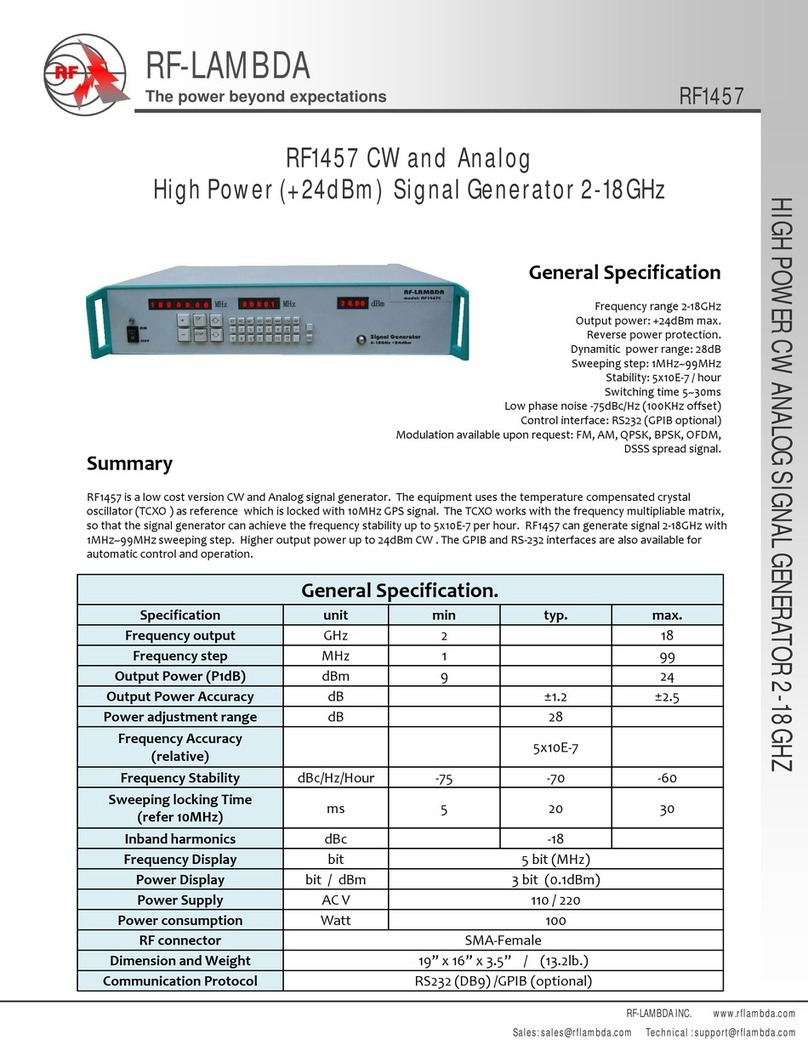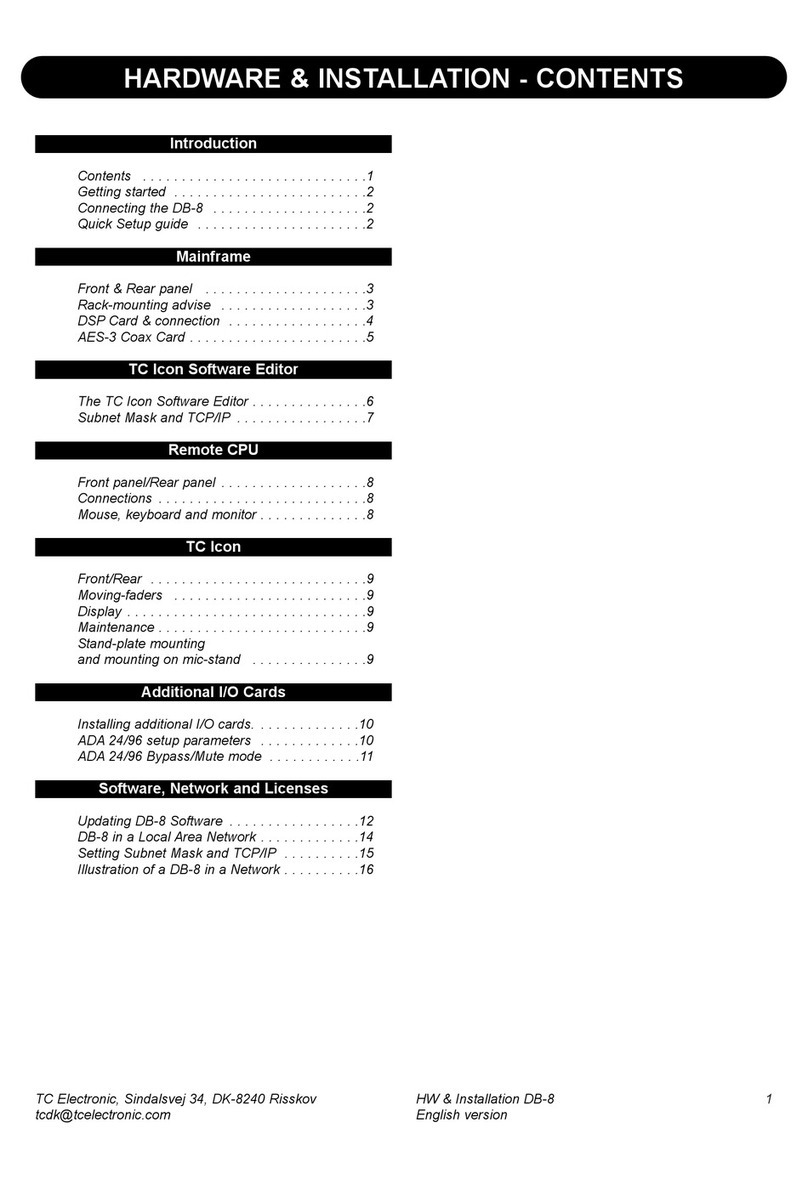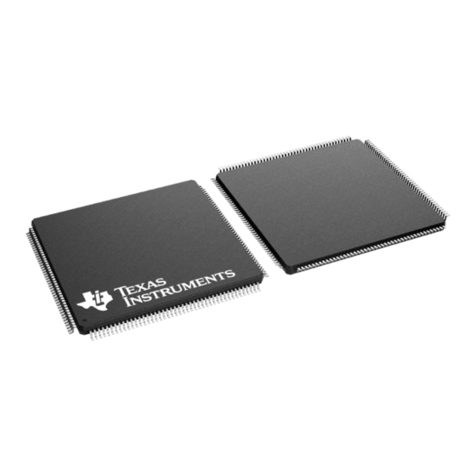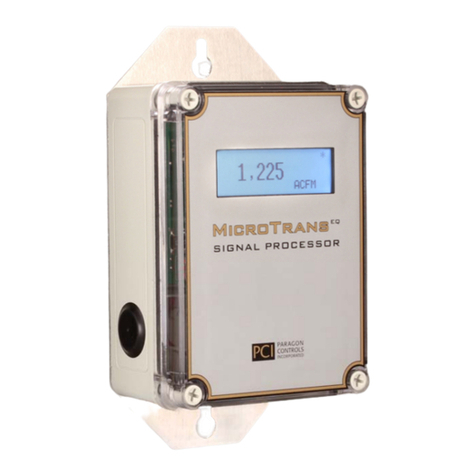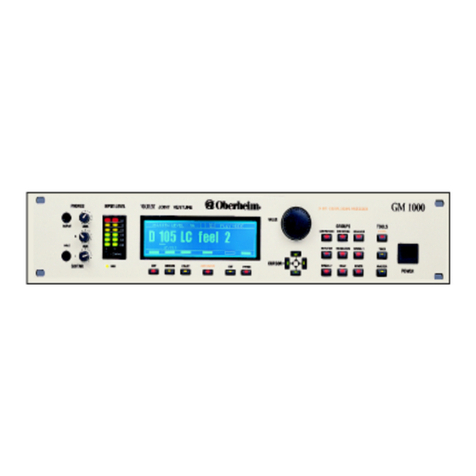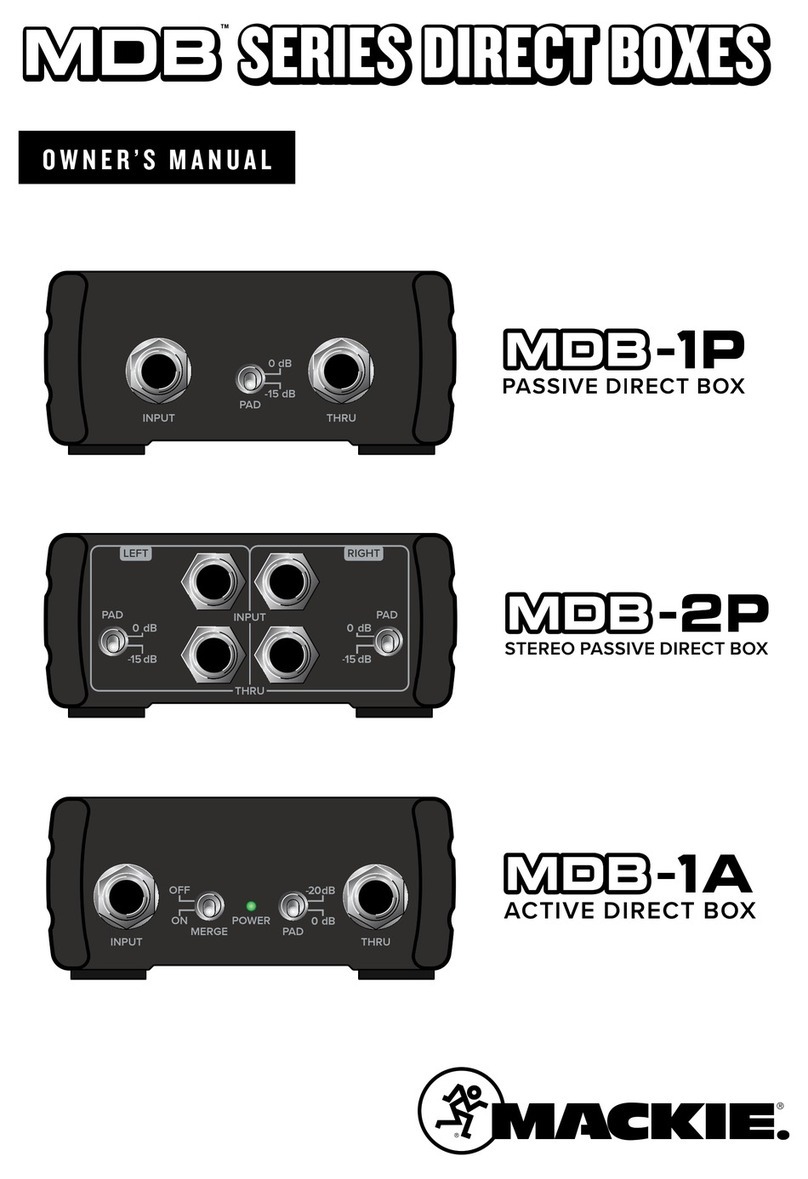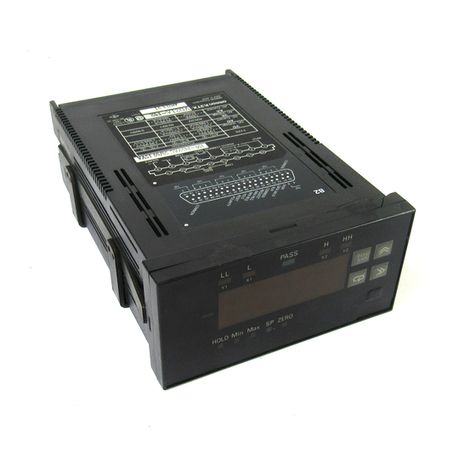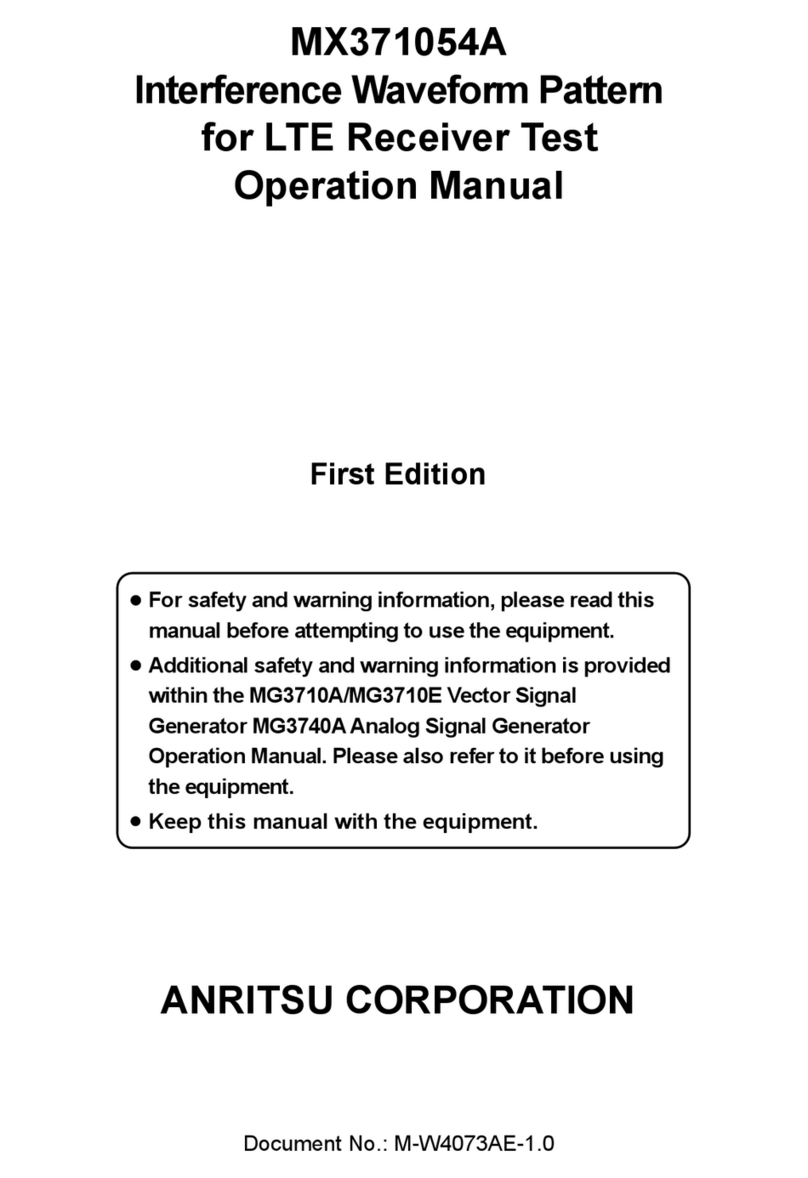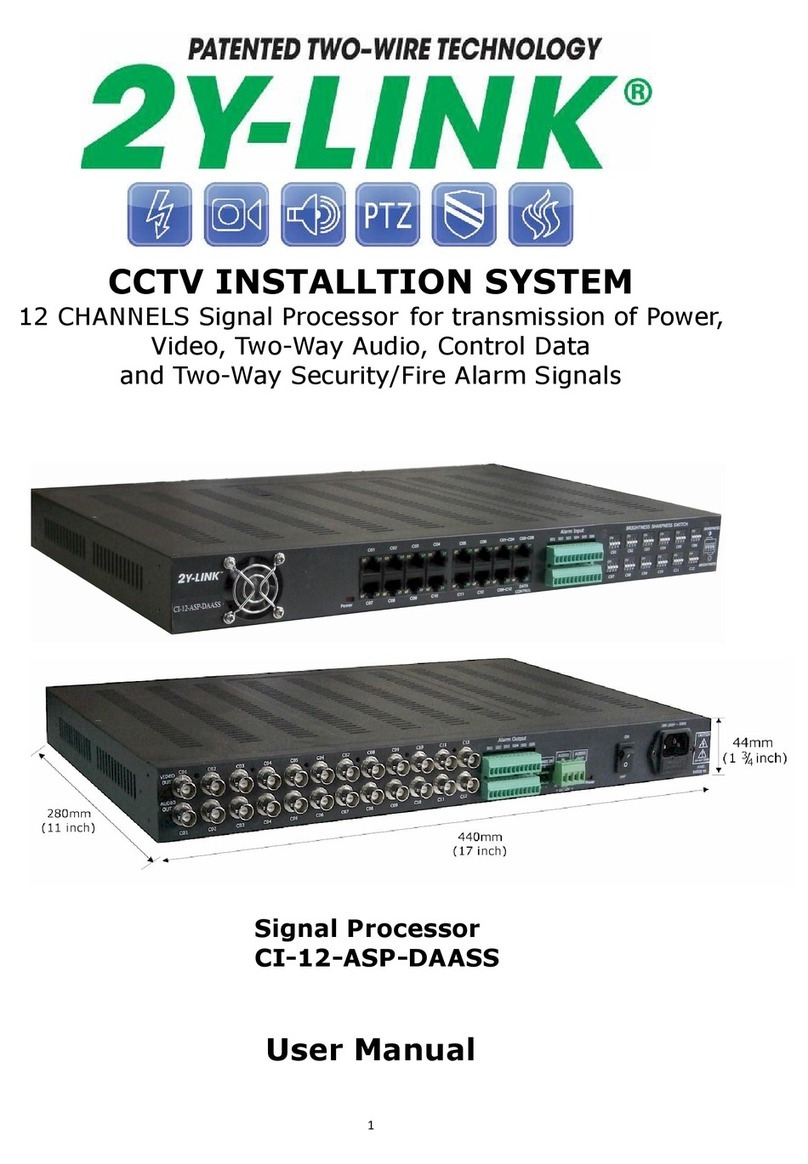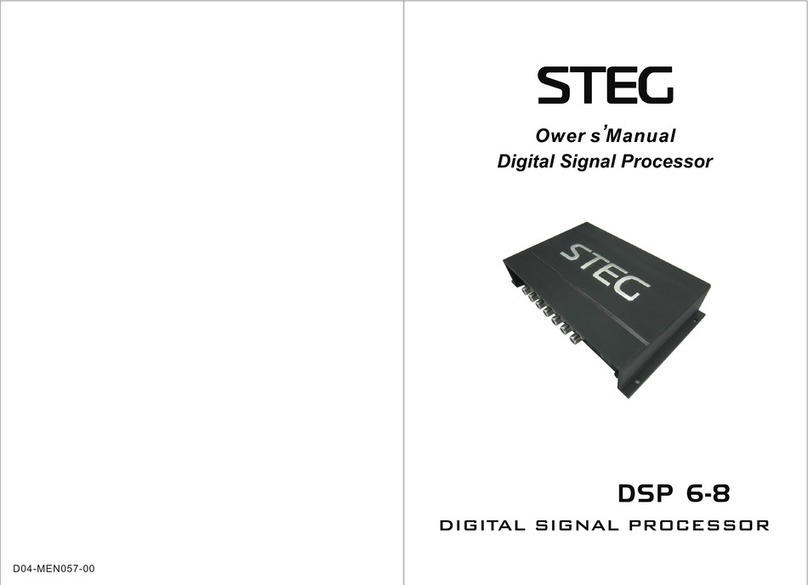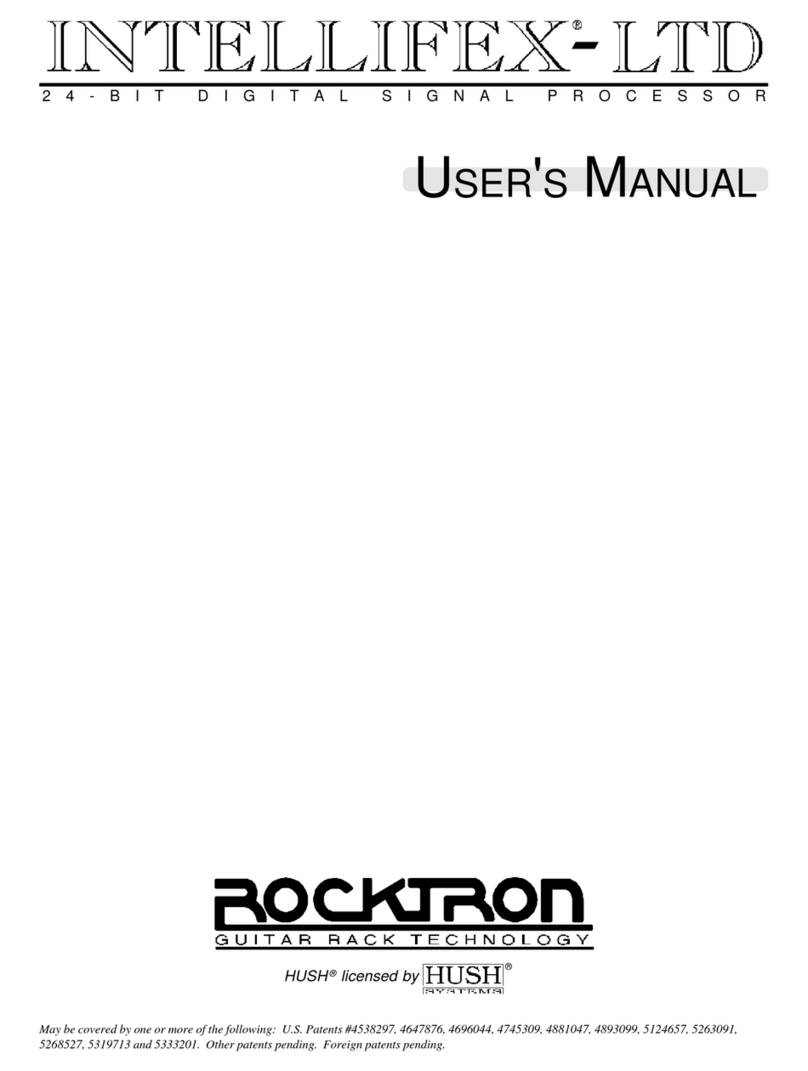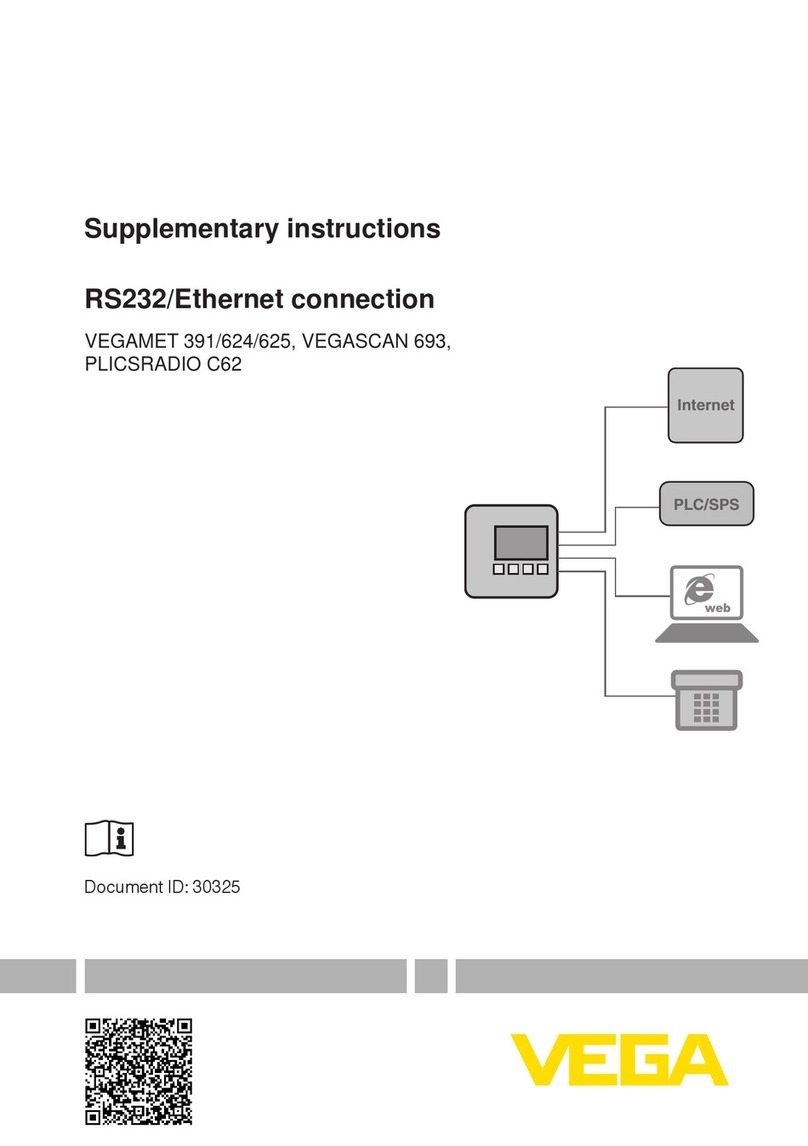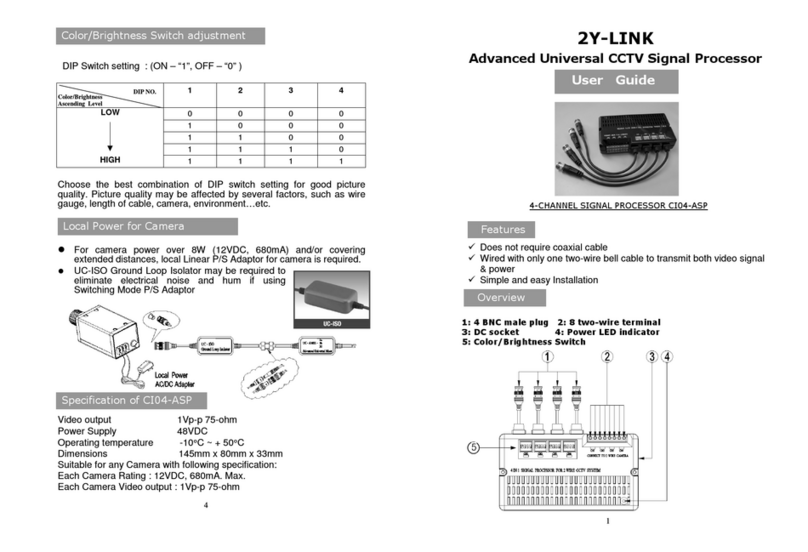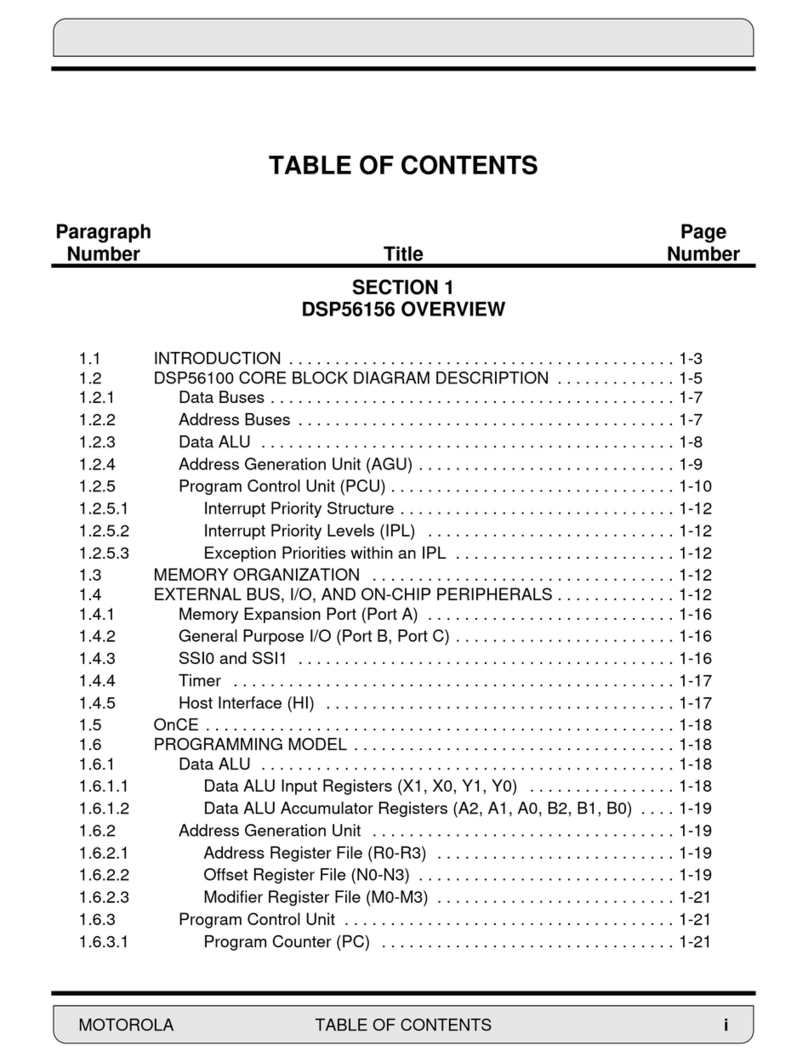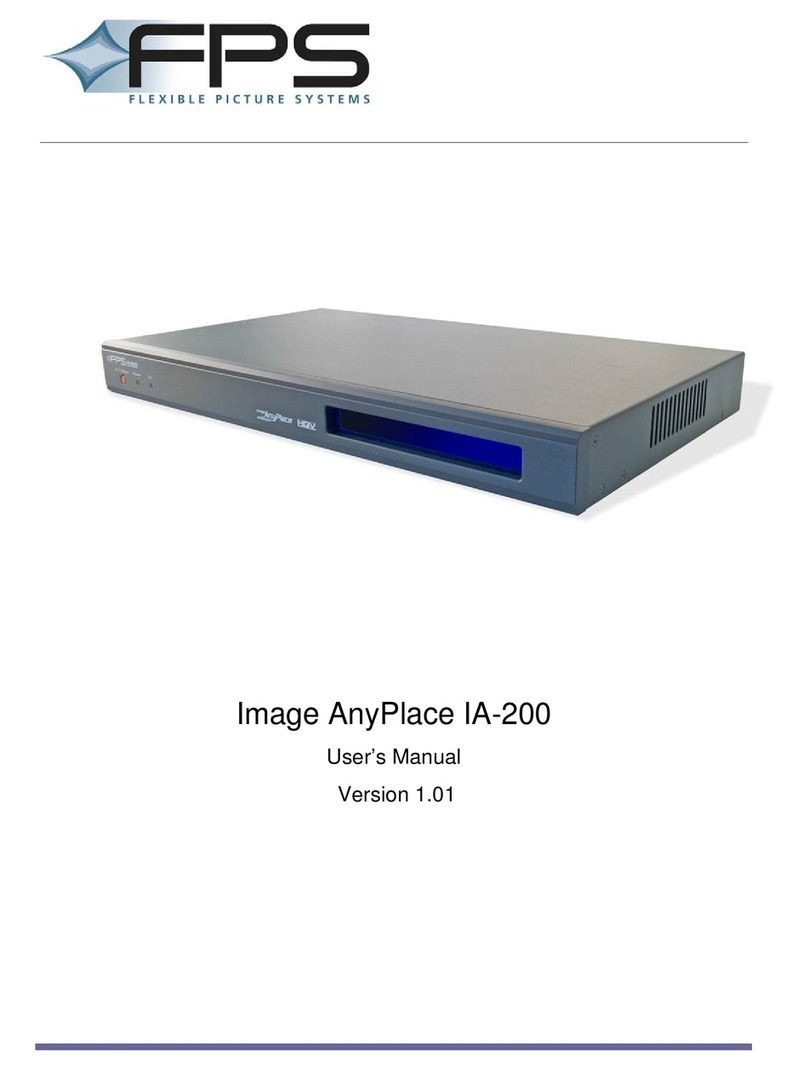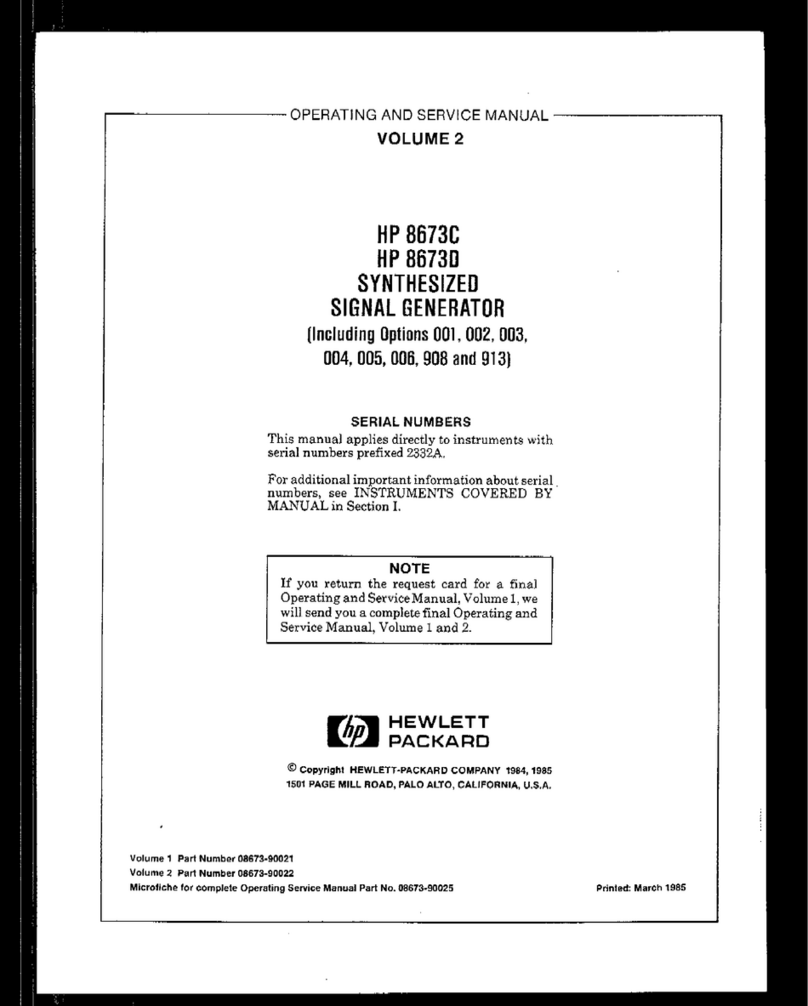
AdditionalMainScreenOptions
PresetSave/Recall
The SP-Control hasthe ability to save up to
10 presets in the SP-DSP1 EEPROM. A preset
consists of the following parameters:
Minimum Gain (MG), Gain Range (GR), Noise
Threshold (NT), Noise Range (NR), AttackTime,
and ReleaseTime.
To save or recall a preset, click the arrow
next to the Preset button to select which
preset number to save, then clickthe Preset
Save or Preset Recall button.
DSP1/2
The SP2400 can support
two SP-DSP1 cards; one for
each zone. Click this button
to toggle control between
DSP1 and DSP2.
Auto Calibration Function
Click on the "SP-Control"
button at the top ofthe main
screen and a drop-down
menu appears. Select "Auto
Calibration" to begin the Auto Calibration
procedure.This should be performed once the
ambient microphone and the loudspeakers
are in their fixed positions, and the
microphone gain and input levelshave been
properly adjusted. For best results, theAuto
Calibration procedureshouldbe performed
when the room noise is ata minimum.
Duringthe calibration,a countdown timer is
initiatedat 90 secondsanda progressmeter is
displayed.Ifthe algorithmfinds thatadaptation
improvementsarepossible,the timerresets to
90seconds. A typicalcalibrationperiod is2-3
minutes.It isadvisedto monitor themain four
meterlevels duringcalibration to ensurethat all
levelsare in their targetrange.If youfind thatthe
microphoneand inputlevels are too low or too
high, you may wantto "Abort" the calibration by
selectingthe appropriatebutton and then
readjustthe levels accordingly.Thereisalso an
“End& Save”button ifthe user findsthat
calibrationistakingtoo long or musicbreaksare
causingcountdown timerresets.
Once the calibration is complete, the CAL
value willupdate. At default, thisvalue is +10
(with a range of+20 to –80 dBr). This number
is a measure of how much of the program
material is getting rejected in the environment
that the Auto Calibration was performed. The
closer the number is to +10, the less the
rejection. A CALvalue = –15 dBr would be an
excellent rejection value, which would be
expected in a small room. A larger room would
have a CALvalue closer to 0 dBr, indicating a
lower rejection due to room reflections.
Any of the user parameters can be adjusted
after the Auto Calibration procedure is
completed (MG, GR, NT, NR, AttackTime,
ReleaseTime). These settingsdo not affect
the calibration ofthe SP-DSP1. However, if the
placementof the ambient microphone or
speakersshould change for any reason, you
should run the Auto Calibration procedure
again to allow theSP-DSP1 to reevaluate the
room transfer function.
Likewise, if any level
changes are made in the
signalchainafter theSP-DSP1
card, the noise sensor
perceives this asan acoustic
noise disturbance, and the
Auto Calibration procedure
should be performed again.
Note that all the level
controlsin the SP2400 are
before theSP-DSP1 and have
no effect on the calibration.
Factory Restore
Select Factory Restore from the drop-down
menu to restore all the settings in theSP-
DSP1 to their default values.
Upload/Download From/To EEPROM
Occasionally, it is necessary to backup
SP-DSP1 presets and parameters or to transfer
settings from one DSP to another. To copy the
contents of the EEPROM, simply select
“Upload from EEPROM” from the drop-down
menu. The EEPROM contents are stored in
your Palm. Ifyou would like to copy contents
of the Palm into anotherSP-DSP1 card, select
“Download to EEPROM.” This will completely
erase the existing contents of the EEPROM
and replace itwith what was stored in the
Palm. It is advised that you do an “Upload
from EEPROM” before doing a “Download to
EEPROM” to ensure that the current settings
are saved in the Palm.
6
industrial@mackie.com
www.mackieindustrial.com
16220Wood-RedRoadNEWoodinville,WA 98072
TEL+888.337.7404,FAX +425.487.4337
FRANCE+33.3.8546.9160,FAX +33.3.8546.9161 +industrial@rcf.fr
GERMANY+49.2572.96042.0, FAX +49.2572.96042.10+industrial@mackie.de
Part No.910-300-20 Rev.A 12/00
© 2000 Mackie Industrial. All Rights Reserved. Printed in the USA.

